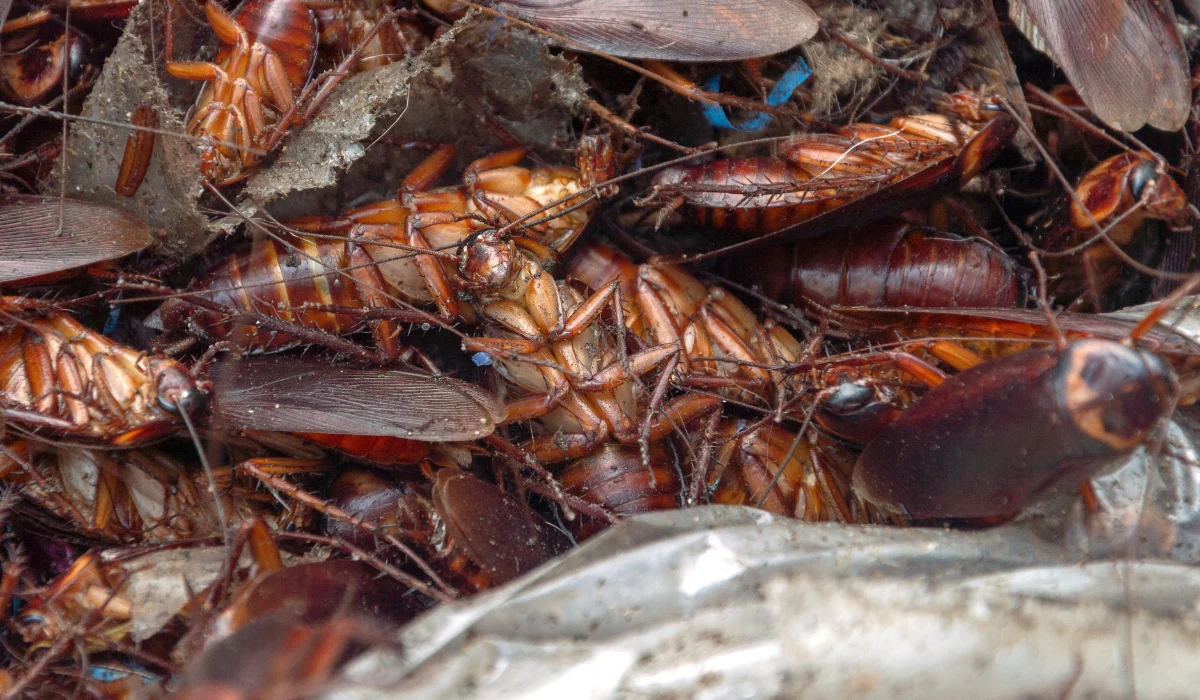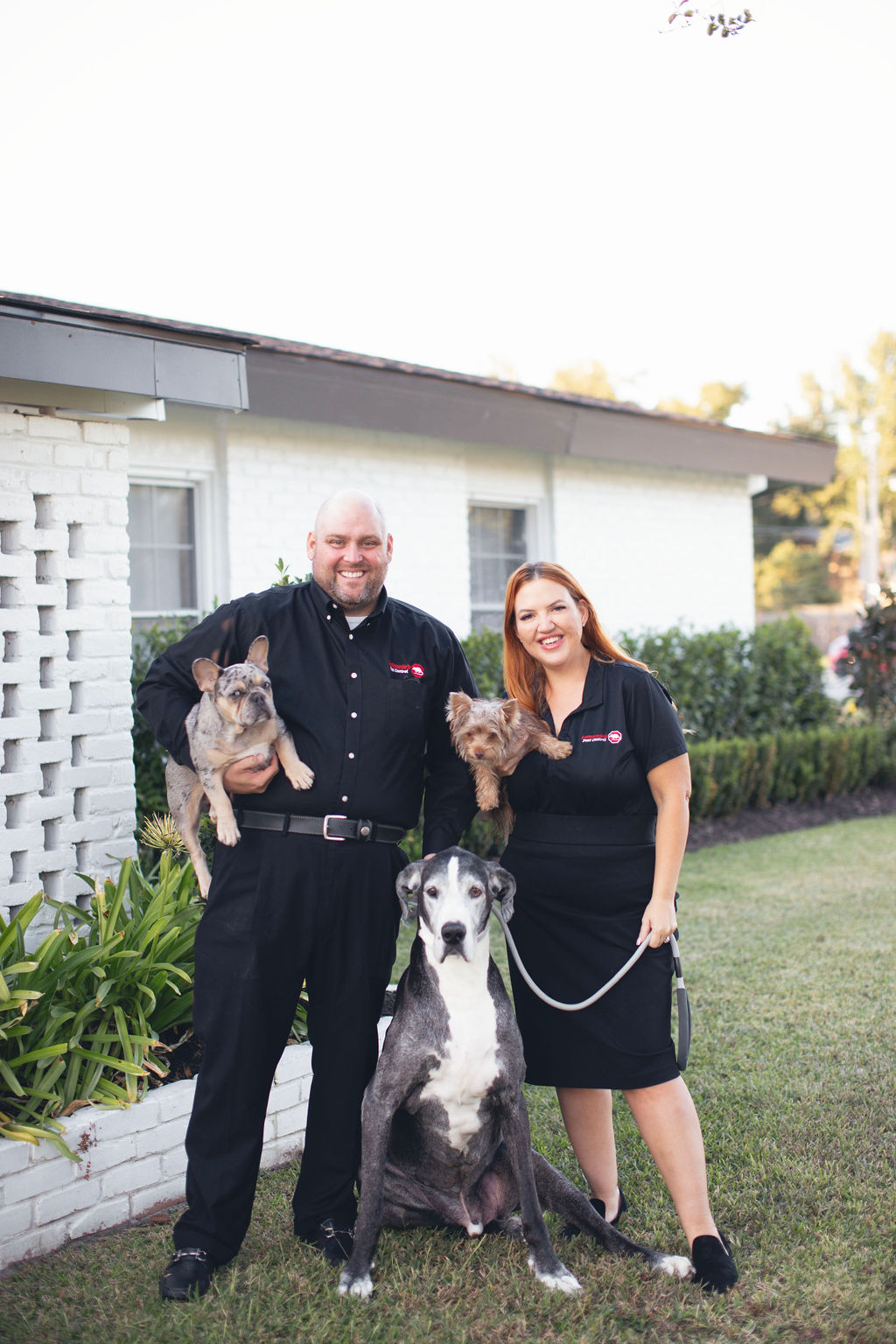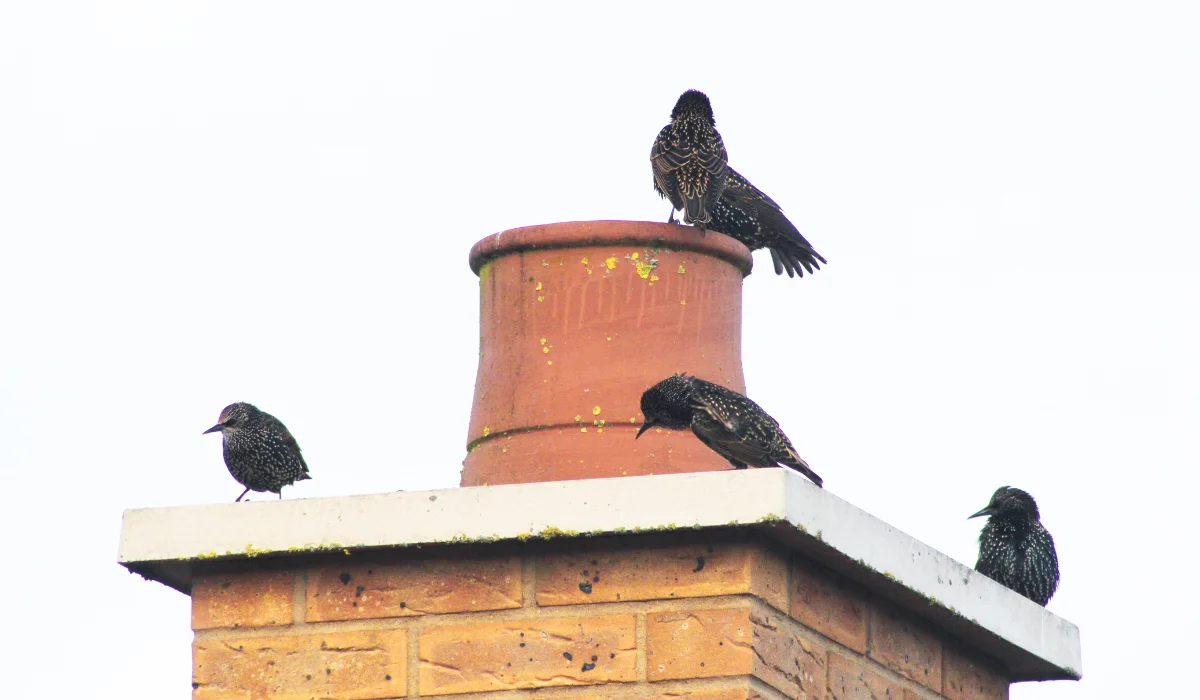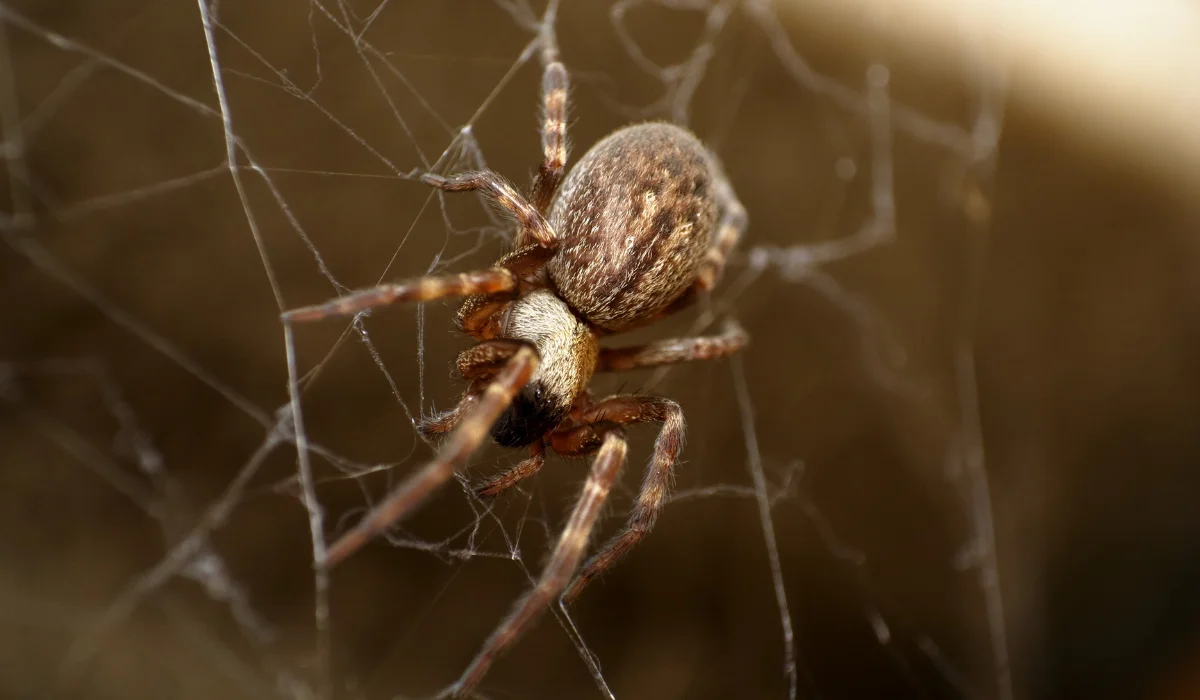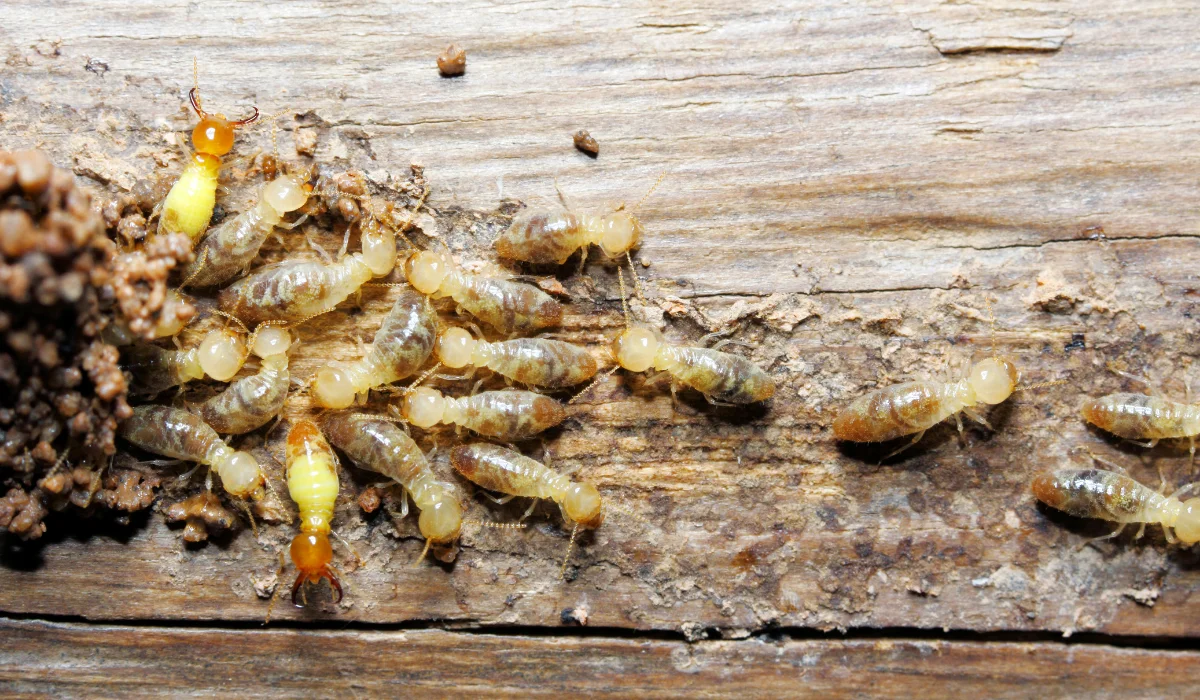If you’ve ever moved a refrigerator or opened up a forgotten cardboard box in your basement and found a pile of droppings, egg cases, and shed skins, chances are you’ve stumbled on a cockroach nest.
It’s an unsettling sight, especially if you didn’t realize you had company. For homeowners in Southern Louisiana, knowing how to identify it is key to stopping an infestation before it spreads.
This guide will walk you through what these nests look like, what other signs to watch for, and what steps to take if you find one in your home.
Key Takeaways
• A cockroach nest is a hidden spot where roaches gather near food, moisture, and warmth inside the home.
• The most common signs include droppings, egg cases, dead roaches, shed skins, smears, and a musty smell.
• Hiding places often include basements, crawl spaces, behind kitchen appliances, under sinks, and inside cardboard boxes.
• Nest removal involves checking dark areas, cleaning, sealing entry points, using bait, and calling professional pest control.
Signs You’ve Found a Roach Nest
Roaches don’t build nests like birds or wasps. Instead, they find hiding places with easy access to food and water and gather there in large numbers. These nests can be tucked away behind kitchen appliances, under sinks, or in wall crevices.
Here’s what to look for.
Roach Droppings and Feces
Cockroach droppings are one of the most obvious signs of a nest. They look like ground pepper or coffee grounds and are usually found in tight spaces like the corners of cabinets or along baseboards.
The more droppings in one area, the more active the nest.
You might also notice feces smeared along surfaces, especially where they frequently crawl. These smears can be especially strong in small, enclosed areas like under sinks or behind refrigerators.
Egg Cases and Ootheca
Roaches lay egg cases, also called ootheca, that can hold dozens of cockroach eggs each. These cases are often glued to surfaces near food sources or hidden in clutter. German cockroaches, a common species in South Louisiana, are known for producing multiple ootheca throughout their short lives.
Spotting egg cases means a cockroach infestation is either growing or already established. If left untreated, each case could lead to dozens of nymphs hatching nearby.
Shed Skins and Dead Cockroaches
As roaches grow, they shed their outer shell several times. These cast-off skins are often found near nests, alongside dead cockroaches. Seeing multiple shed skins is a strong sign that you’ve found a nesting site.
Dead roaches and fragments of legs or antennae also tend to collect in the same areas, especially if you’ve tried a DIY treatment in the past. However, unless you’ve targeted the nest itself, you’re likely to see a re-infestation.
Smears and Pheromones
Roaches leave behind a trail of pheromones to guide others back to their hiding spots. These trails, along with the greasy residue from their bodies, often appear as smudges or smears along walls and door frames.
This behavior helps them build nests where others will follow, compounding the infestation over time.
Other Signs of a Cockroach Nest
Sometimes, it’s not what you see, it’s what you smell or hear that reveals a roach problem.
Musty, Lingering Odor
Cockroach nests give off a musty, oily smell that gets stronger as the population grows. This is caused by the mix of droppings, pheromones, dead insects, and rotting food they’ve tracked through.
If you notice a lingering odor near your dishwasher, kitchen appliances, or in your basement, it’s worth checking those areas closely.
Nymph Sightings
Nymphs, young roaches, stick close to their birth site.
Seeing them means the nest is nearby. German roaches, in particular, reproduce quickly, and a few nymphs can turn into hundreds of adults in no time.
Infestation-Prone Locations
American cockroaches often hide in areas with steady moisture, warmth, and food. That includes under sinks, near dishwashers, behind refrigerators, in wall voids, and inside cardboard boxes stored in damp basements.
Water sources like leaking pipes or condensation around air conditioners are also prime spots for them to build nests.
What to Do if You Suspect a Cockroach Nest in Your Home
Think you might be dealing with a cockroach nest? Here’s what to do next to shut it down before it spreads.
Search the Hiding Spots
Grab a flashlight and check dark, tight areas like under your kitchen appliances, behind the stove, in cabinets, and inside your crawl spaces.
Don’t overlook the attic or the space behind your washer and dryer either.
Clean and Sanitize Thoroughly
Wipe down areas with signs of a roach infestation, removing droppings, dead roaches, and food debris. Be sure to toss out old cardboard boxes or paper bags, which they love.
Cleaning doesn’t just make your space less appealing. It helps remove pheromone trails that encourage them to return.
Seal off Entry Points
Use caulk to seal off entry points like cracks along baseboards, gaps near plumbing, and openings behind kitchen appliances. All species of cockroaches can flatten their bodies to squeeze through surprisingly small holes.
Limiting their movement can help reduce infestation risk.
Use the Right Products, Not Just Sprays
Avoid over-the-counter cockroach control that can disrupt baiting efforts. Instead, try professional-grade roach baits placed strategically near nest sites.
Baits let roaches carry poison back to the nest, affecting the entire colony. They are especially useful when trying to get rid of cockroaches hidden deep in walls or appliances.
Call a Pest Control Service Provider
If your efforts haven’t been successful or the infestation keeps coming back, call a licensed exterminator. At LaJaunie’s Pest Control, our trained pest control specialists can identify the type, locate the nest, and apply targeted treatments that stop the infestation at the source.
We offer fast, professional pest control that fits your schedule, with same-day appointments, Saturday availability, and a satisfaction guarantee. Our team works hard to help homeowners like you get rid of roaches and keep them out.
Whether you’re dealing with American roaches in your basement or a German roach nest behind your fridge, we are here to help.
Contact us today to schedule service, and we’ll help you take care of it fast.
 By: LaJaunie's Pest Control
By: LaJaunie's Pest Control 